Two Chord Songs for Beginners
C major and G major When we first start playing our ukulele it is common to learn just a couple chords, and usually those first two chords are C and G. In this article we are going to provide some great examples of songs you can play with a limited number of chords. That way from the very beginning you have something to show for each step on your ukulele journey! We are going to stick to one of the common keys and in this case the Key of C. Most new ukulele players immediately learn C major and G major so let’s find some music that can be played with just those two chords. In western music the easiest and best sounding interval is the root and the fifth, that’s why it is so simple to write songs using only the chords C major (root) and G major (fifth).[…]
Read More



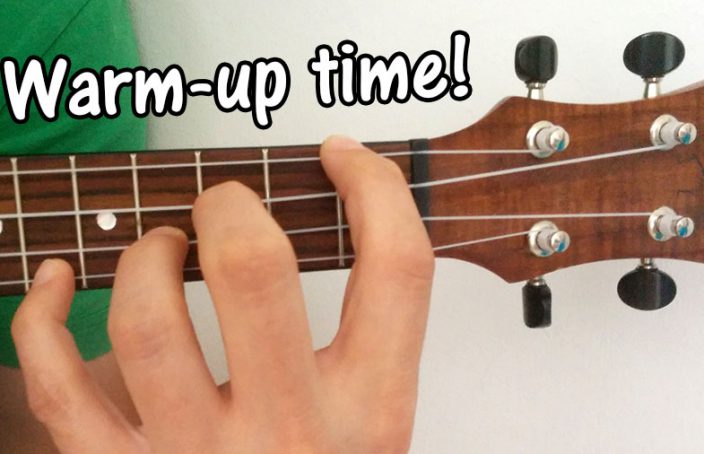
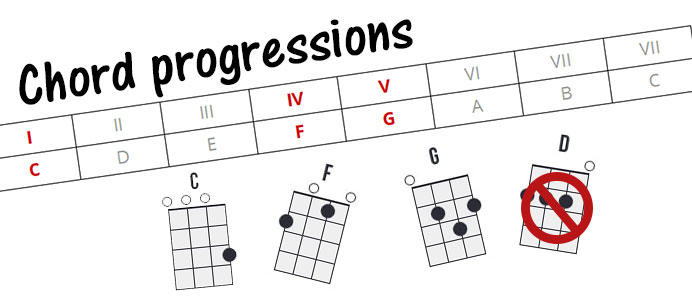
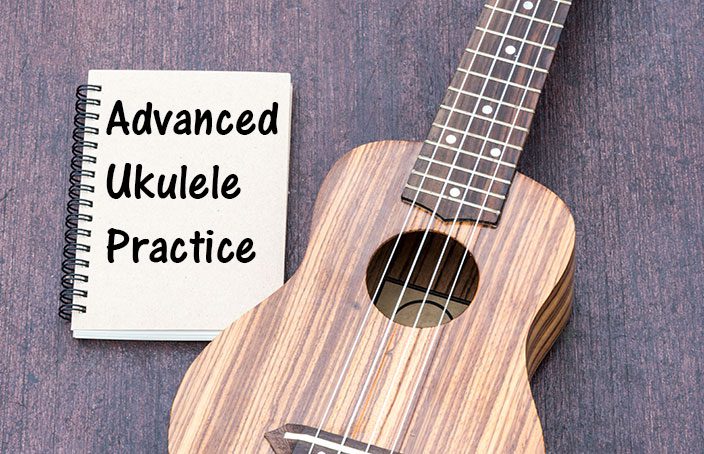

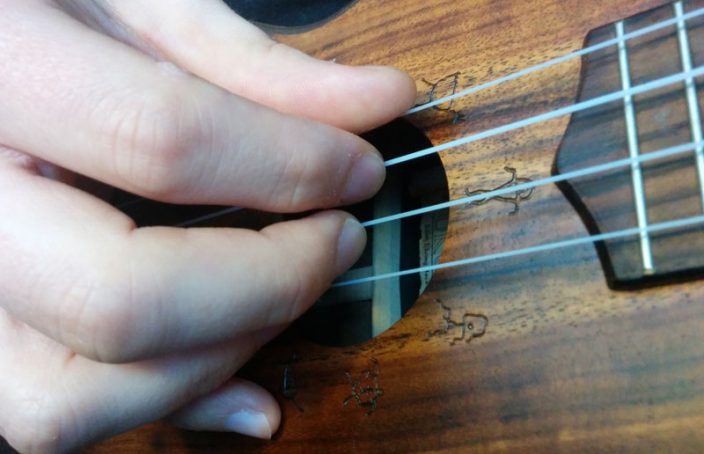
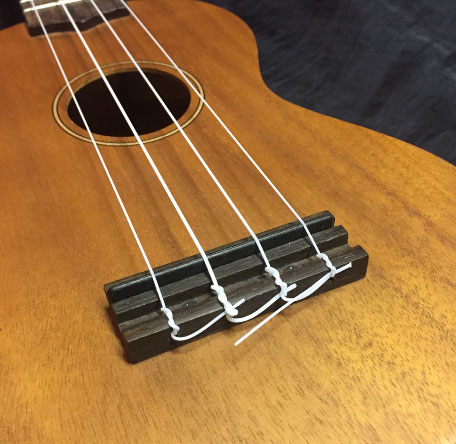
Love and songs in Two Chord Songs for Beginners - Love Songs
[…] Source link […]